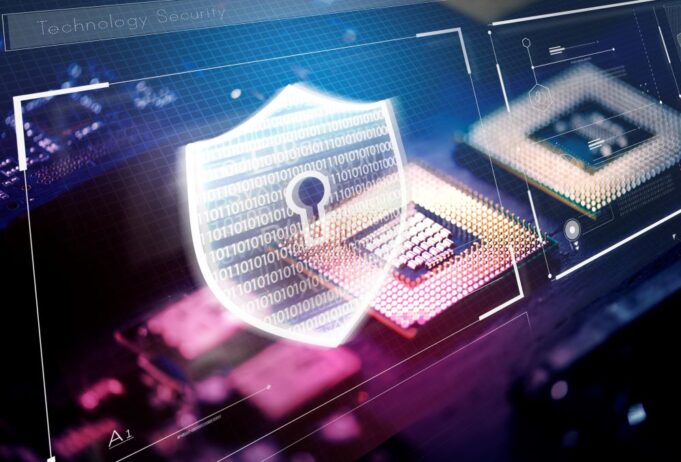Decentralization in healthcare has accelerated rapidly since the pandemic, prompting a structural rethinking of hospital footprints. Expansion through satellite clinics, mobile health units, and telemedicine hubs has introduced new opportunities and exposed fresh vulnerabilities. You now manage networks that operate across a range of locations, systems, and security protocols. Physical and digital safety measures that once fit the centralized model no longer apply in the same way. Without a deliberate approach to integrating these sites into a cohesive framework, risk becomes difficult to contain.
Facility vulnerabilities increase with expansion
When facilities expand geographically, you deal with a broader attack surface that introduces inconsistency in both physical and digital security. Smaller clinics and temporary structures often run on outdated systems with lower bandwidth, limited access control, and minimal on-site security personnel. These environments become easier targets for external threats and harder to monitor centrally. Connected devices add further complexity by relying on vulnerable software, sometimes without regular patching or oversight. Managing access points, ensuring proper surveillance, and verifying device integrity at every location now falls within your scope of responsibility.
Remote units often lack the security investments found at core hospital campuses. You face limitations in enforcing policies, maintaining consistent network segmentation, or preventing unauthorized access to clinical systems. Without a scalable plan, even routine service delivery can be compromised. Standardization of physical infrastructure across decentralized sites, including locks, sensors, and secure Wi-Fi, is no longer optional. It becomes a baseline requirement for functioning safely in this model.
Tip: Perform regular security audits at all locations using a consistent checklist. This helps you uncover overlooked vulnerabilities, especially in lower-priority sites that may have less supervision.
Data protection strategies must match the architecture
You store and transmit more sensitive data across more platforms than ever before. Traditional centralized databases are not designed to serve this distribution effectively. Emerging technologies such as blockchain and distributed ledger systems offer a way to improve resilience and reduce exposure. These systems allow for secure, traceable, and permissioned sharing of records across remote units. When combined with decentralized file systems like IPFS, blockchain-based models reduce the dependency on any single storage point while improving transparency.
Key benefits of using blockchain and IPFS for decentralized data security include:
- Tamper-resistant audit trails that provide real-time transparency
- Redundancy through distributed nodes, which protects against single-point failure
- Smart contract-based access control, allowing dynamic updates to permissions
- Built-in encryption and traceability that reduce insider threat risks
These tools help address compliance by supporting auditability and granular access control. You can define who views what, when, and for how long using smart contracts that update dynamically. In the event of a breach or system failure, information stored across distributed nodes remains accessible and uncompromised. This approach aligns better with a fragmented operational model and prepares your facility for upcoming privacy regulations and audits. Planning for distributed infrastructure now gives you a long-term framework for consistent data security across all locations.
Physical systems need to align with information systems
Security strategies often fail when physical and digital systems are treated separately. You need to embed digital awareness into your facilities management approach and ensure that physical safeguards work in tandem with electronic protections. Smart access control systems, video analytics, and environmental sensors must operate with the same level of sophistication at remote sites as they do at core hospitals. Surveillance technology should feed into a centralized dashboard that allows you to monitor activity across every site.
Mobile and pop-up units require flexible security configurations that can be deployed quickly without sacrificing effectiveness. You benefit from pre-configured kits that include:
- Surveillance and monitoring hardware
- Localized network isolation tools
- Encrypted wireless routers
- Remote management dashboards for live monitoring
When these systems integrate with centralized command centers, you reduce your response time during emergencies and standardize reporting procedures. Reliable interoperability lets you act decisively, regardless of the location or scale of the incident.
Tip: Include power backup and mobile network redundancy in remote security kits. This ensures continued protection even in low-connectivity or disaster-prone regions.
Personnel awareness becomes central to network safety
Technology cannot function effectively without people who understand how to use it properly. You need to account for inconsistent staffing across decentralized sites, including rotating personnel, temporary hires, and third-party providers. These individuals often work outside of your usual training pipeline and may be unfamiliar with basic safety protocols. They may overlook suspicious behaviors, delay reporting incidents, or misuse access privileges, sometimes unintentionally compromising systems.
You improve resilience by offering location-specific training that emphasizes both physical security and cybersecurity basics. This includes drills, checklists, and scenario planning based on likely local risks. When team members at all levels understand what to look for and how to respond, you reduce the likelihood of small issues escalating into larger failures. Facilities management plays a key role in coordinating these efforts, bridging gaps between security operations, IT departments, and clinical leadership.
Long-term safety depends on integrated decentralization
Managing a decentralized hospital network now means overseeing a distributed set of assets, systems, and people that function under one strategic umbrella. You need to ensure that every new point of care, whether a rural clinic or mobile testing van, follows a security standard that connects it with the rest of the system. Blockchain-based data storage, standardized access protocols, and integrated surveillance tools help you bring consistency to a model defined by variety.
As facilities expand outward, your role grows with them. Physical infrastructure, digital protections, personnel readiness, and policy enforcement all intersect more frequently across multiple sites. You maintain safety not by replicating central systems in miniature but by coordinating smart, adaptive tools that scale with purpose. The demands are greater, but so is your capacity to build something more responsive. In this distributed future, systems that can flex without breaking are the ones that endure.
Sources
A secure blockchain framework for healthcare records management systems
Blockchain Framework for Secure COVID-19 Pandemic Data Handling and Protection
Decentralized Healthcare: How Blockchain Enhances Patient Data Privacy
Decentralized Pub/Sub Architecture for Real-Time Remote Patient Monitoring: A Feasibility Study






